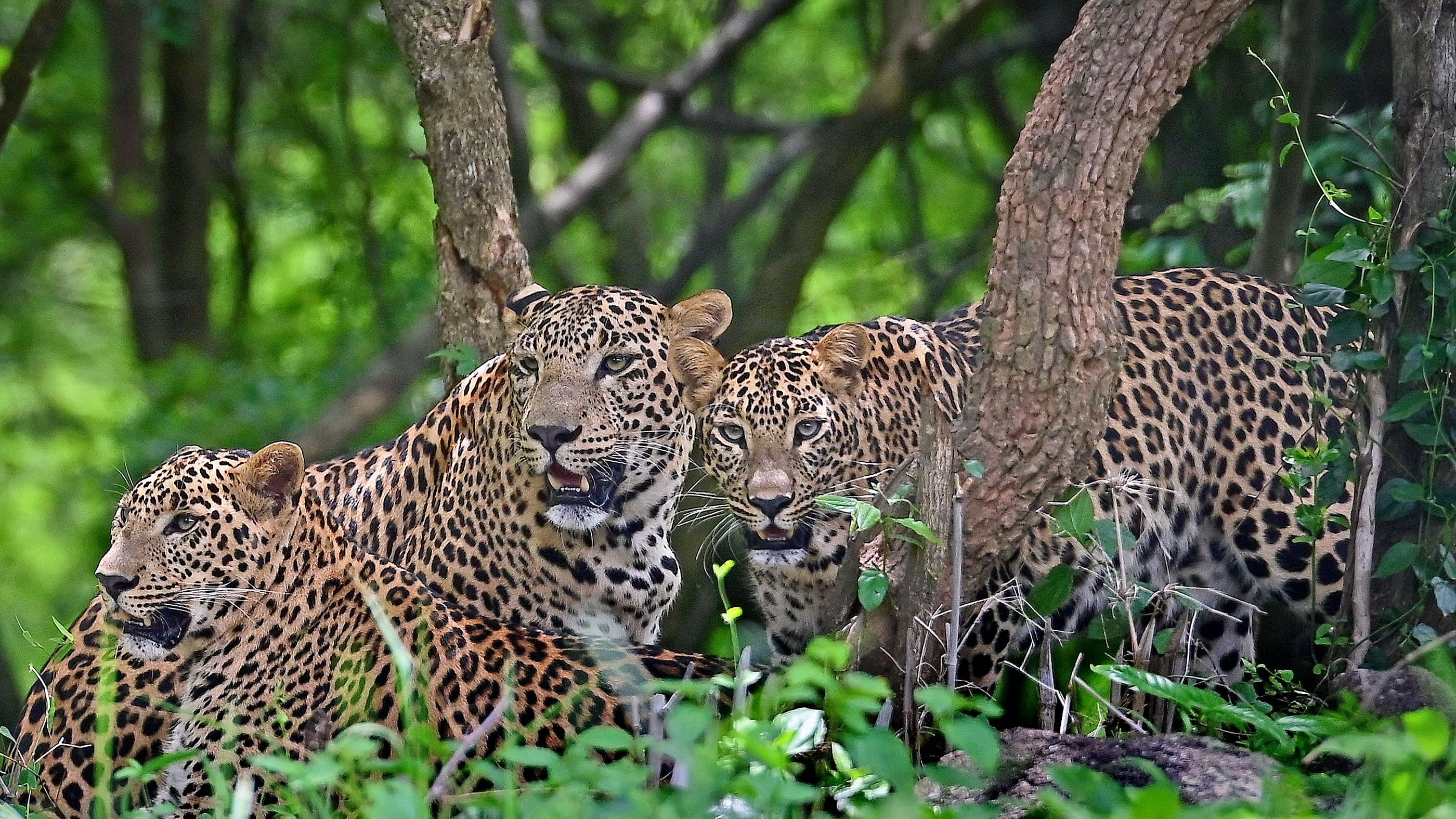
Credit: Special Arrangement
Rapidly expanding sugarcane and maize cultivation areas in north Karnataka seems to be serving as a conduit and shelter for the leopard, an ambush hunter, resulting in more close encounters with humans in these parts.
This unforeseen consequence once again spotlights how wildlife is adjusting to the pressure of human activities. In the case of leopards, the loss of original habitat, mining/stone quarrying and dwindling of prey base in their original habitats are pushing leopards towards newer areas.
According to data collected by wildlife conservation biologist Sanjay Gubbi, between 2019 and 2024, ex gratia payment made by the Karnataka Forest Department shows a total of 82 human-leopard conflict incidents (mostly livestock killing) in Kalaburagi, Belagavi, Bidar, Bagalkot districts.
In Koppal, one of the districts that is witnessing a rise in leopard population, 57 livestock have died in attacks since April 2022. Forest officials have disbursed compensation worth Rs 6 lakh over the last two years.
Apart from this, leopards were sighted for the first time in 50 years in places like Yadahalli Chinkara Wildlife Sanctuary, Bagalkot.
“In 2015, we sighted the leopard for the first time after half a century. Today, there are at least three recorded adult leopards in and around Yadahalli. These leopards are migrating from one habitation to another using the sugarcane fields in the Krishna river basin,” said M R Desai, former wildlife warden of Bagalkot.
Experts say these fields provide easy prey, water and a safe place of breeding for young leopards.
According to the agriculture department, the sugarcane-growing area in the state has increased from 7.65 lakh hectares in 2019-20 to 10 lakh hectares in 2023-24. Similarly, the area under maize cultivation has witnessed a sharp rise from 15 lakh hectares to 20.13 lakh hectares during the last four years.
Vijayapura ACF Bhagyavanth Masuti said there were hardly any records of leopard sightings in Vijaypur districts before the completion of the Almatti reservoir in 2002. However, in the last three years alone, he has sighted at least six leopards in the sugarcane fields of the district.
Sugarcane and maize fields, with their thick cover of tall plants, are a perfect place for the big cats to hide. These fields also provide them with prey like cattle, sheep, stray dogs, wild boars, blackbucks and others. Also, the fact that farmers usually do not venture into the sugarcane fields for 12-15 months after sowing is helping the female leopards breed here.
Rescuing of leopard cubs from sugarcane and maize fields has become a regular affair in Vijayapura, Bagalkot, Dharwad, Koppal, and other districts of north Karnataka.
"Leopards are arriving from other habitats and taking shelter in the sugarcane belt in dry land. More sightings of these animals and incidents of attack in the recent months shows its population has also increased,” said Vijayapura Deputy Conservator of Forest (DCF) Shivasharanayya K.
Wildlife experts say that around 60 per cent of wild leopards live outside protected areas in the state.
"Human-leopard conflict is influenced by various factors, including change in cropping pattern and depletion of natural prey. In places where natural habitats become scarce, sugarcane fields become suitable alternatives, providing both shelter and food, especially in the form of wild boars. This is particularly noticeable in regions like North Karnataka where sugarcane cultivation has expanded,” said Gubbi.
Highlights - Sugarcane-growing area in the state has increased from 7.65 lakh hectares in 2019-20 to 10 lakh hectares in 2023-24 Sugarcane and maize fields, with their thick cover of tall plants, are a perfect place for big cats to hide These fields also provide them with prey like cattle, sheep, stray dogs, wild boars In Koppal, one of the districts that is witnessing a rise in leopard population, 57 livestock have died in attacks since April 2022 Rescuing of leopard cubs from sugarcane and maize fields has become a regular affair in Vijayapura, Bagalkot, Dharwad, Koppal
Quote - In places where natural habitats become scarce sugarcane fields become suitable alternatives providing both shelter and food especially in the form of wild boars. This is particularly noticeable in regions like North Karnataka where sugarcane cultivation has expanded - Sanjay Gubbi Wildlife biologist